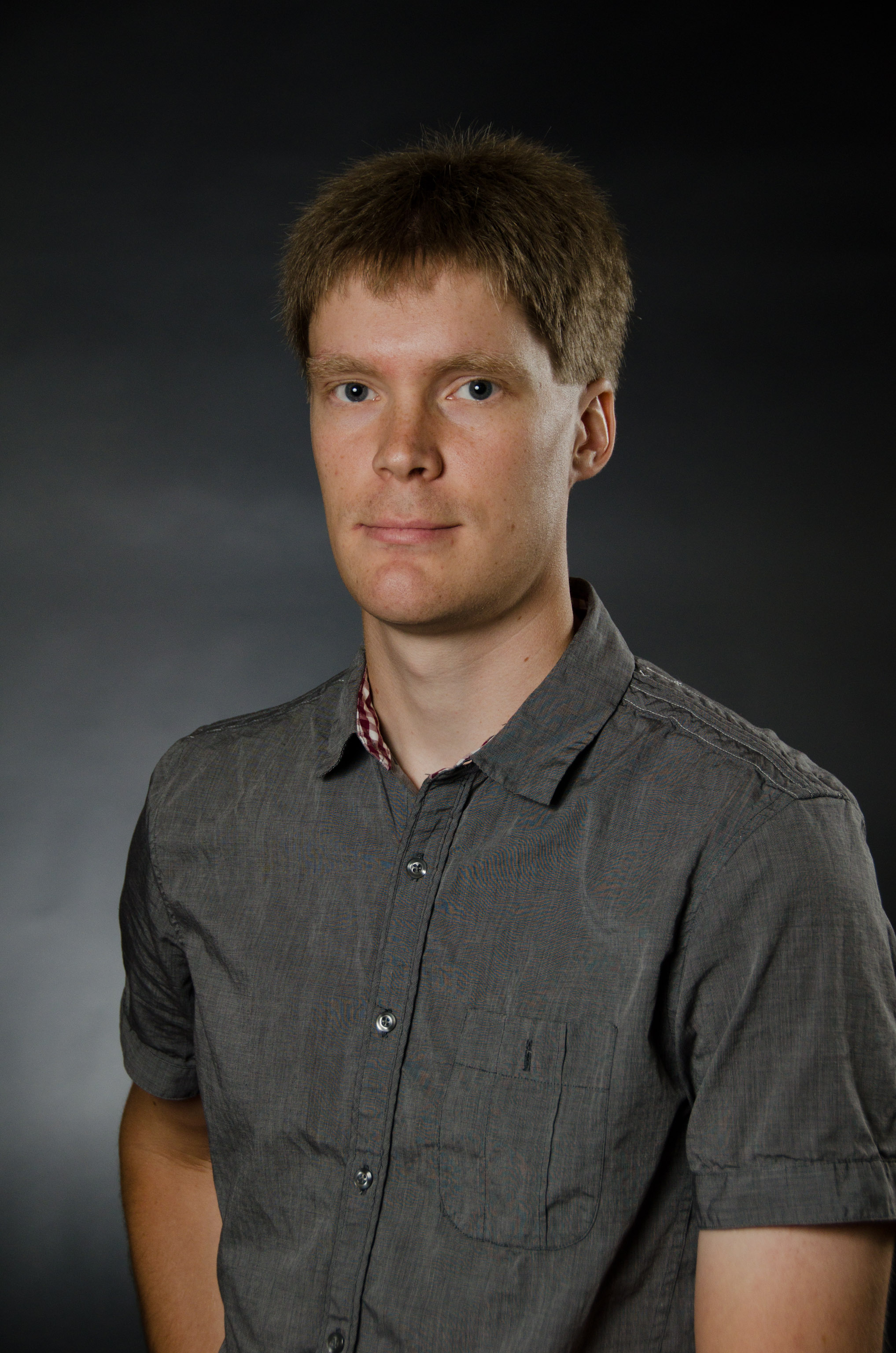Celebration of Scholars
Meter-scale sparks, energetic x-rays, and energetic electrons
 Name:
Brant Carlson
Name:
Brant Carlson
Department: Natural Science
Type of research: Independent research
Funding: External funding (grant from Norwegian Research Council)
Abstract
High-voltage sparks produce energetic x-rays, a surprising fact since none of the processes associated with the spark discharge itself seem to have the necessary energy. The production mechanism must therefore be a rapid, non-equilibrium process necessarily involving a large population of energetic electrons, but the dynamics of this population are purely speculative. These energetic electrons are the subject of the experimental studies described here, carried out in over the past year at the Technical University of Eindhoven in the Netherlands. The results show high statistical variability from spark to spark as well as strong spatial variability within a single spark, but quite consistent time structure with the energetic radiation produced about 1 microsecond before the main discharge. These results suggest the population of energetic electrons grows more in some directions than others, but in some sparks does not seem to grow at all, a fact very challenging to explain given the current theoretical understanding of spark development.
Submit date: March 13, 2013, 8:34 a.m.
